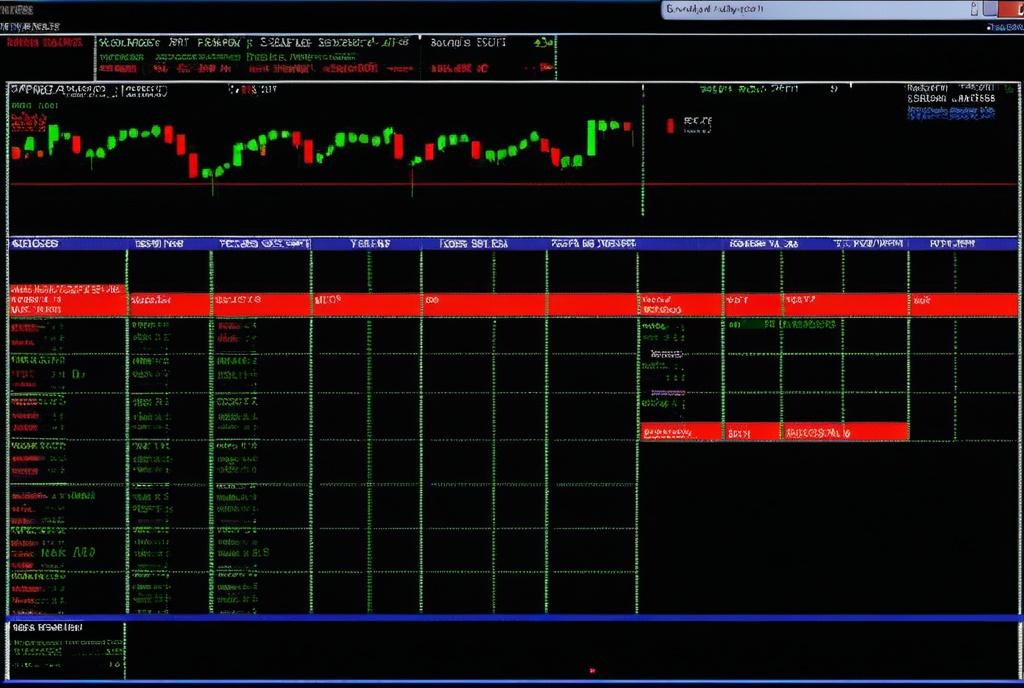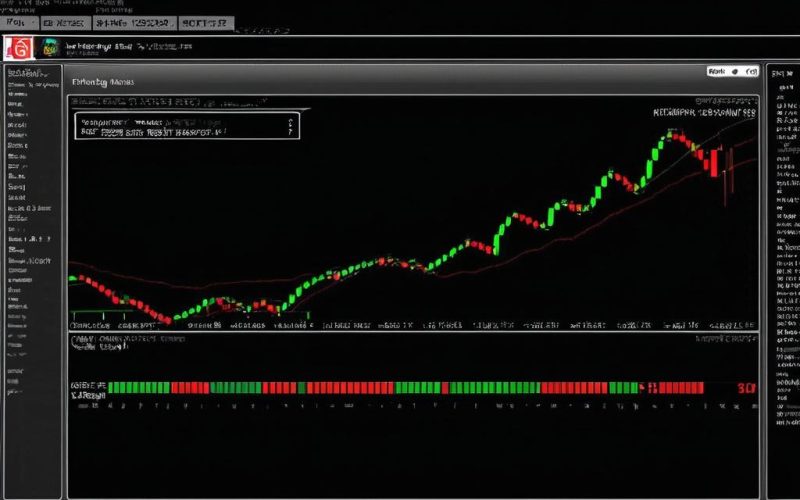Key Take Aways About Value Investing (long-term trading style)
- Value investing focuses on undervalued stocks with potential long-term gains.
- Rooted in Benjamin Graham’s principles, popularized by Warren Buffett.
- Core principles: margin of safety, financial analysis, patience.
- HIT software aids by providing real-time tracking, financial analysis, and scenario simulations.
- Combining HIT software with value investing improves efficiency and reduces errors.
- Challenges include market volatility and the need for careful input in software use.
- Successful value investing requires patience but can be rewarding.

Value Investing Overview
Value investing isn’t exactly rocket science, but it does come with its own set of challenges and rewards. At its heart, it’s about finding those underrated gems in the stock market—companies whose stock prices are lower than their intrinsic worth. It’s kinda like rummaging through a garage sale and finding a Picasso gathering dust. The strategy doesn’t chase the trends or get swayed by market whims. It’s grounded, patient, and aims for solid long-term gains.
History and Background
Value investing isn’t a passing fad. Benjamin Graham, often called the father of value investing, laid down its principles in the early 20th century. Graham emphasized the importance of a rigorous fundamental analysis to find companies trading below their book value. Warren Buffett, one of Graham’s proteges, didn’t just inherit the concept—he made it mainstream, proving that investing in undervalued companies can lead to significant profits.
Core Principles
So, what’s the secret sauce? It boils down to a few key ideas. The first is to look for a margin of safety. This means buying stocks at a price lower than the calculated intrinsic value, reducing potential risk. You’d also want to dig into the company’s financial health—balance sheets, cash flow statements, and income reports reveal more than fancy graphs can. Lastly, there’s that patient waiting game. Value investing is no sprint; it’s a marathon. Hold onto those stocks until their value appreciates to the level you anticipated, which can often take years.
Analyzing Stocks with HIT Software
Now, let’s talk software. HIT software, despite sounding like a pro wrestling move, is a tool many traders swear by. This software takes the grunt work out of analyzing mountains of data, streamlining the process of identifying undervalued stocks.
Features of HIT Software
HIT software is like that trusty Swiss army knife your grandpa wouldn’t leave home without. It provides tools for real-time tracking of stock prices, in-depth analysis of financial statements, and even simulating market scenarios. It’s like having your stock analyst buddy who never sleeps or needs coffee breaks.
Real-Time Tracking
Information is king when it comes to investing, and HIT software provides real-time data, ensuring you’re always in the loop. Track price fluctuations, monitor trading volumes, and keep an eye on market trends—all without breaking a sweat.
Deep Financial Analysis
Financial statements can be as confusing as assembling IKEA furniture without instructions. HIT software simplifies this process. It lets investors analyze a company’s financial health by breaking down balance sheets, income statements, and other key financial indicators. It’s like having X-ray vision for stock insights.
Scenario Simulation
Ever wished you could see into the future? While HIT software won’t turn you into Miss Cleo, it can simulate different market scenarios to predict potential outcomes. Sounds fancy, right? You can test various investment strategies without risking real money, helping you make informed decisions when it comes to actual trades.
Application of HIT Software in Value Investing
The synergy between value investing and HIT software is like peanut butter and jelly—it just works. The software aids in sifting through tons of data to unearth undervalued companies with high potential returns. It brings efficiency, saving time and reducing human error risks.
Examples of Success
Many investors have leveraged HIT software to bolster their value investing strategies. Imagine sifting through a mountain of stocks and finding Apple before it became a trillion-dollar company. Stories like these abound in the investing community, with modern-day Ben Grahams using tech as their co-pilot.
Challenges and Considerations
Value investing isn’t without its hiccups. Market volatility can test your patience, and that intrinsic value you banked on might take forever to materialize. Holding your nerve while the market dances to its own tune isn’t easy. Furthermore, no software is foolproof. HIT software, while powerful, requires the investor’s input to fine-tune analyses and avoid garbage-in-garbage-out pitfalls.
Conclusion
Value investing is like planting a tree— it takes time to bear fruit, but the rewards can be worth the wait. Armed with the right tools like HIT software, investors can enhance their decision-making process, making the pursuit of undervalued stocks a bit less of a guessing game. Sure, it might not be the flashiest way to play the stock market, but for those with the patience and resolve, it’s one heck of a strategy.
